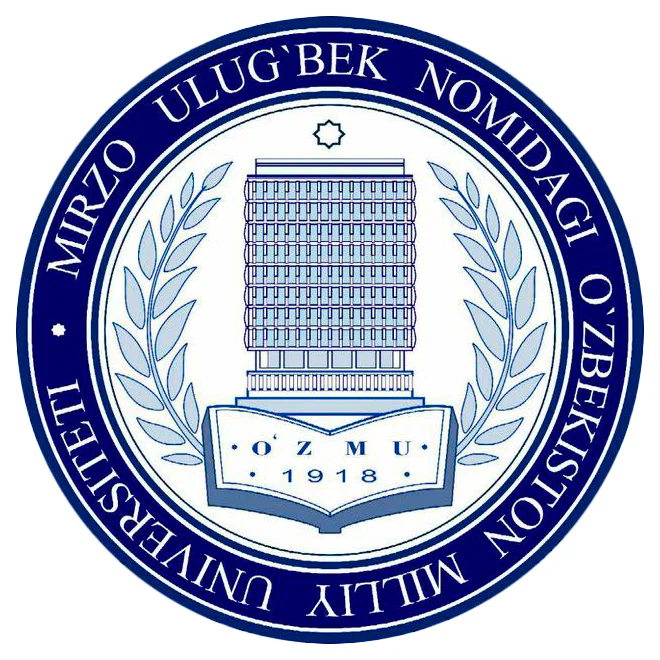Integrated approach in teaching the subject "EARTH'S MAGNETIC FIELD".
Abstract
Integration of educational subjects in the educational process is a requirement of the present time. Because the integration of educational subjects is important for the integration of education and upbringing, for the development of students as a person who is patriotic, kind to nature and the environment, and embodies spiritual and moral qualities. In our opinion, in this regard, the training conducted on the basis of interdisciplinary integration classes will have a very good effect. Because the basis of the process of integrating sciences and scientific knowledge is the unity of the material world, i.e. nature, society and the mutual coherence of its determination. In this article, we describe the method of conducting an integrated conference lesson on the topic "Earth’s magnetic field" using integrative sciences: physics-geography-biology. Through this lesson, students can develop ideas about the causes of geomagnetism and the geomagnetic field.
About the Authors
List of references
Begmatova D.A., Nortojiyev A.M., Integration of physics lessons in higher education institutions in construction, EPRA International Journal of Multidisciplinary Research, 2021, 7, 05, 520–523.
Brown Robert G., Introductory Physics I, Duke University Physics Department, Durham, 2013.
Isabelle Aaron D., Zinn Gilbert A., STEPS to STEM – Student Science Notebook, Sense Publishers, Boston, Rotterdam, 2017, 224.
Dori Yehudit Judy, Mevarech Zemira R., Baker Dale R., Cognition, Metacognition and Culture in STEM Education, Springer International Publishing, AG, 2018, 386.
Sanders M., STEM, STEM education, The Technology Teacher, 2009, 68, 20–26.
Capraro Robert M., Capraro Mary Margaret, Morgan James R., STEM Project-Based Learning, Sense Publishers, Rotterdam, Boston, Taipei, 2013, 197.
Sangirova Z.B., STEM education in teaching the subject "Natural Sciences", Science and Innovation, 2022, 4, 343–349, UIF-2022: 8.2, ISSN: 2181-3337 (Impact Factor: 8.2), Uzbekistan.
Sangirova Z.B., STEAM as a means of developing students’ inquisitiveness, Uzluksiz ta’lim, 2020, 6, 54–57, Tashkent: Uzbek, Sangirova Z.B. STEAM o‘quvchilarda izlanish qobiliyatini rivojlantirishda vosita sifatida. Uzluksiz ta’lim, Toshkent., 2020, №6. .54-57.
Qurbonov M., Uzoqova G.S., Tursunov K.Sh., Theoretical Foundations of Physics Teaching, “Ozbekiston”, , 2008, Uzbek: Qurbonov M., Uzoqova G.S., Tursunov K.Sh. “Fizika oqitishning nazariy asoslari”. T.: “Ozbekiston”, 2008.
Jo’rayev M.D., Methods of Teaching Physics (General Issues), TDPU, , 2015, Uzbek: M.D. Jo’rayev. “Fizika o‘qitish metodikasi (umumiy masalalar)”. T.: TDPU, 2015.
Azizxojaeva N.N., Pedagogical Technologies and Pedagogical Skills, , 2006, Uzbek: Azizxojaeva N.N. Pedagogik texnologiyalar va pedagogik mahorat. T., 2006.
Po’latov A.A., Murodov K., The Importance of Integrated Lessons in Teaching Physics (Study Guide), 2015, Uzbek: A.A.Po’latov, K.Murodov. Fizika fanini o’qitishda integratsiyalashgan darslarning ahamiyati (O‘quv qo’llanma). N., 2015 y.
Abdullayev N.Q., Method of system analysis in solving physical problems, Journal of Critical Reviews (JCR), 2020, 7, 3344–3351, 10.31838.07.14.613, Scopus IF 0.67.
Copyright (c) 2024 Dilfuza A. Begmatova (Author); Bonu A. Yakubova (Translator)

This work is licensed under a Creative Commons Attribution 4.0 International License.

